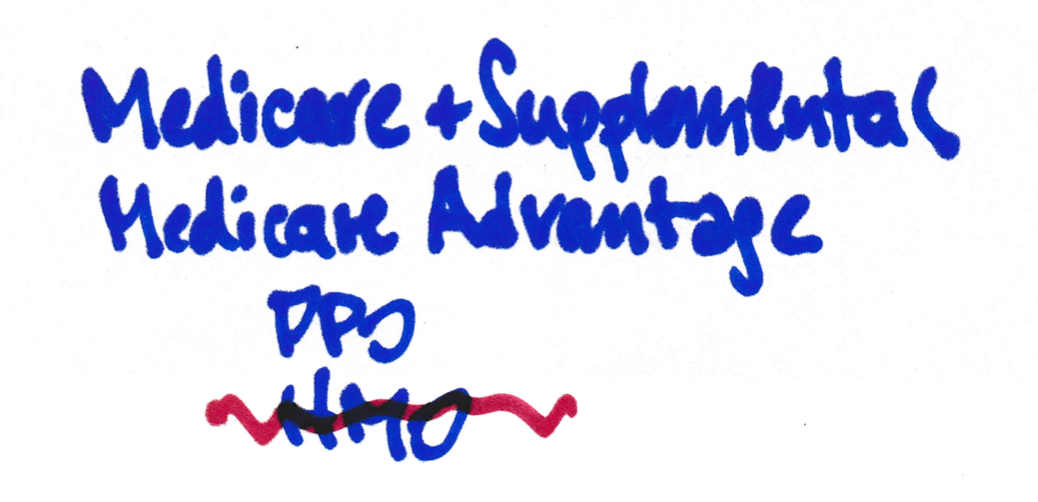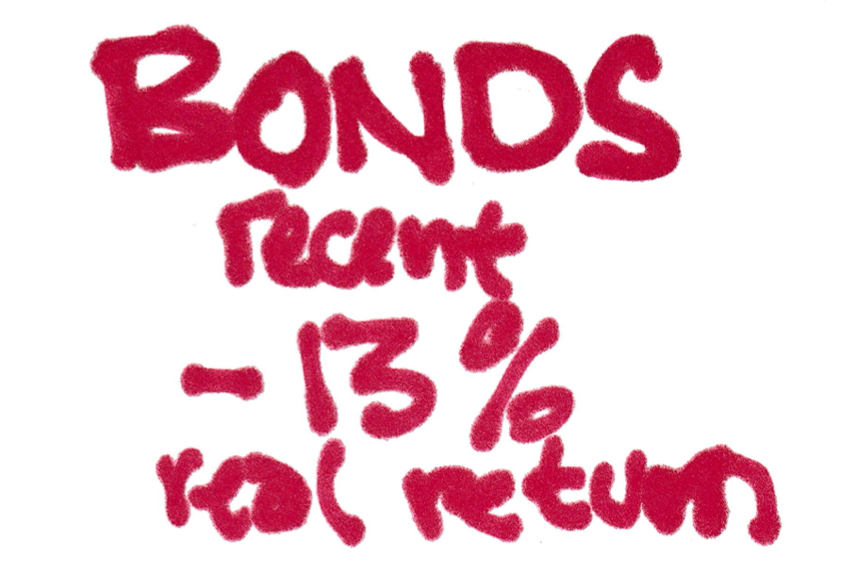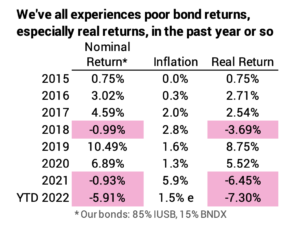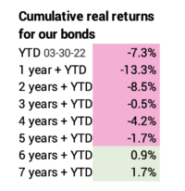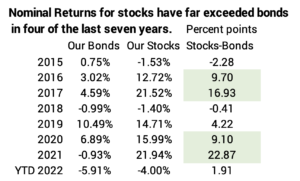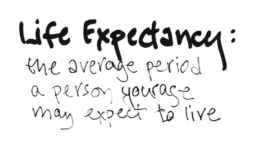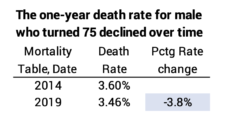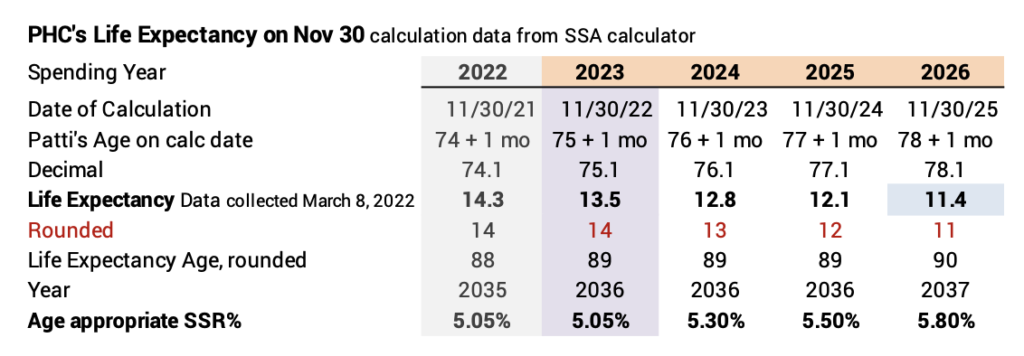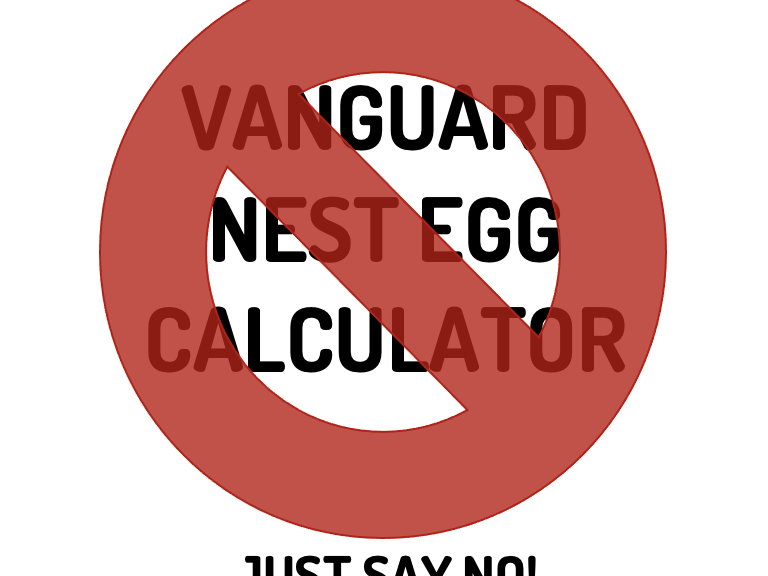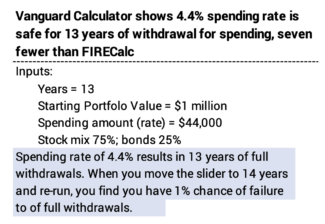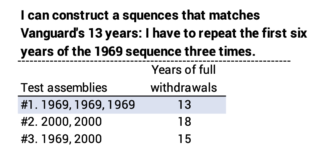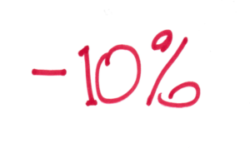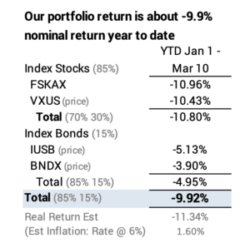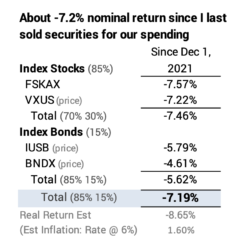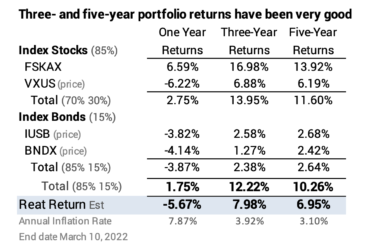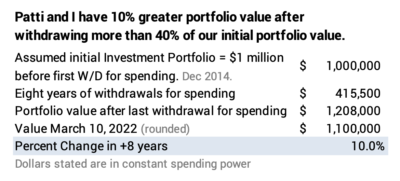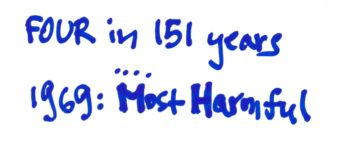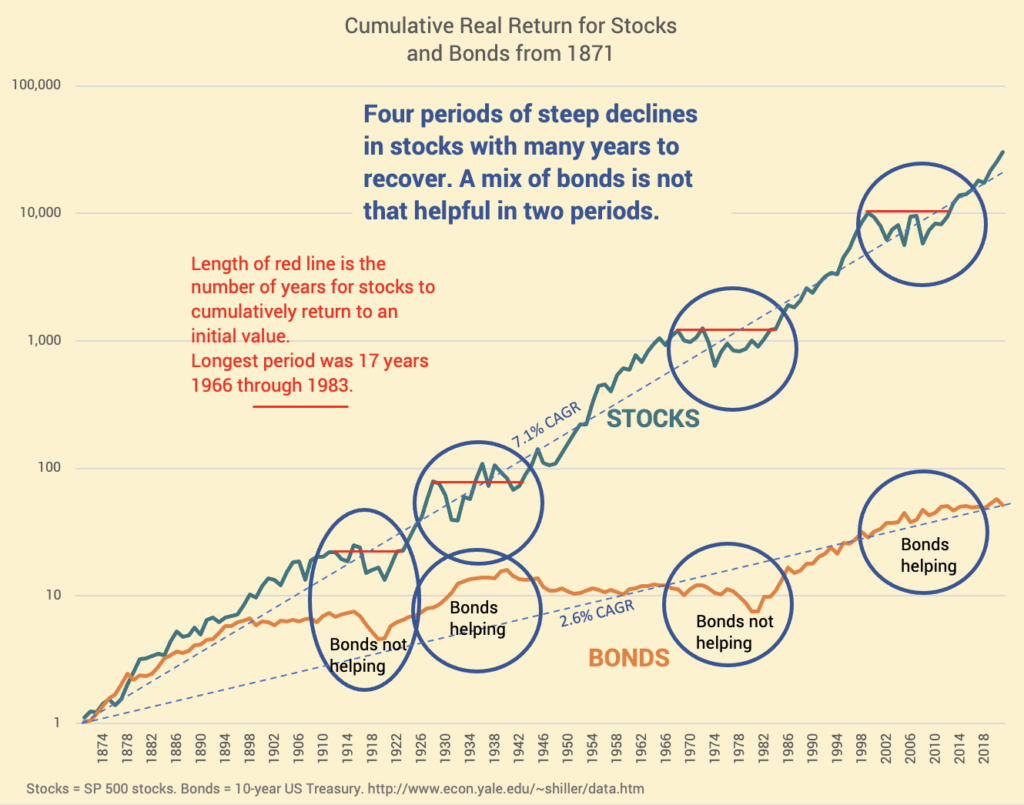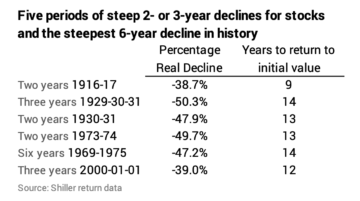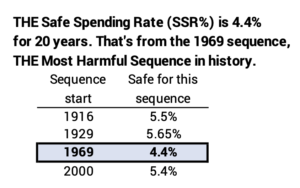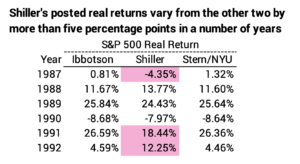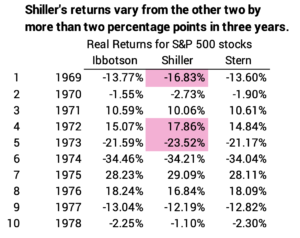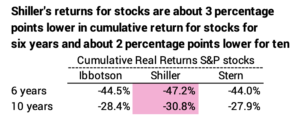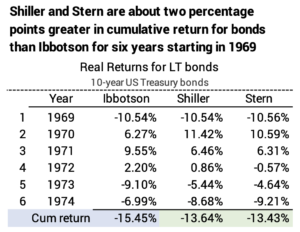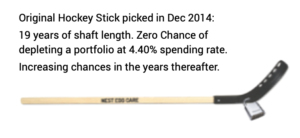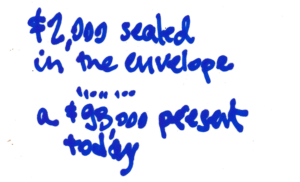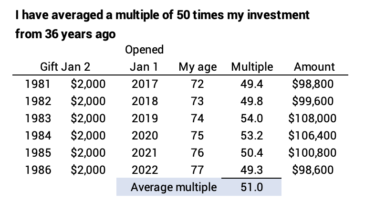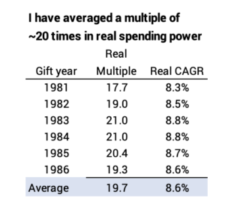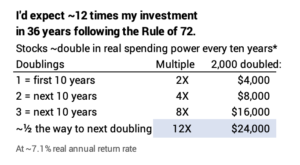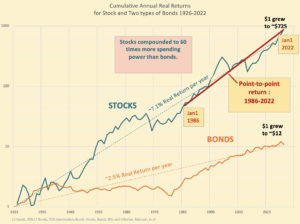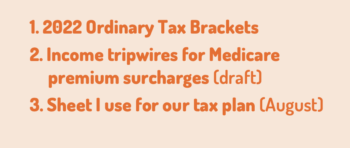This is something last I thought about in detail when I first went on Medicare, but the purpose of this post is to pass on some of my thinking on supplemental insurance coverage to Medicare. The key criterion was to be able to go to any doctor – or almost any doctor – in the US for care. That’s consistent with my worst-case thinking. If the worst happened, could I go to the best doctor and place in the US for care?
I was first motivated to think about this from the book, The Checklist Manifesto, by Atul Gwande. Or it may have been from his book, Better. I read these books over ten years ago, but this is what I remember as the key points of the books. Checklist is about the effort to instill the process of using a checklist before surgery, not unlike the checklist that airline pilots use before taking off. Surprisingly, this was not an easy and fast process for hospitals and surgeons to accept. His key point in Better is that surgeons will make mistakes, and if you want to ensure fewer mistakes you go to a surgeon and hospital that have repeatedly performed the surgery you are going to have. Where do you want to go for hernia surgery? You ideally want to go to one hospital in North America – in Canada, as I remember – since the surgeons and hospital team do the most hernia repairs in the world and have the lowest surgical complication rate.
I followed this advice when I needed surgery to repair a bunion on my left foot maybe ten years ago. I made sure I did my research to find a surgeon here in Pittsburgh who had performed the most surgeries, over 1,000 of them.
For my Medicare insurance, I made sure I have coverage that provided the widest access to doctors and hospitals in the US. That was either Medicare + Supplemental or a Medicare Advantage Plan from an insurer that had negotiated contracts with the biggest range of hospitals and doctors. I liked a Medicare Advantage Plan, while Patti opted for Medicare + Supplemental.
This was a pretty simple decision for me when I first decided on my supplemental coverage about ten years ago. Our large hospital system, UPMC, was at war with our large insurer Blue Cross/Blue Shield and stated they would no longer accept patients insured by BC/BC at some time in the future. As I remember, they did not reach agreements with some other national insurers. The choice of an HMO plan offered by UPMC did not make sense; if I wanted to go to a doctor in the hospital network four miles away, I would be “out of network”.
As I remember, I had only one clear choice that allowed me to use most any doctor or hospital in Pittsburgh or elsewhere: the Medicare advantage plan from United Healthcare. I have United Healthcare’s “AARP Medicare Advantage” with national coverage. If United has an agreement with a hospital and therefore the doctors it employs, I can get my healthcare there. I think almost all hospitals and doctors are part of United’s network. I pay $400 per year. My co-pay for specialist visits is $35. I pay more co-pay for expensive imaging.
Some of my friends here have an HMO plan that limits them, I think, to a much smaller network of doctors and hospitals. If they want a second opinion or care option, they could be “out of network” and pay much greater fees. They might have $0 cost per year, but they are limiting their choices for almost no financial difference in annual or out-of-pocket costs.
My choice of paying $400 more per year was the right choice this year. I had to have surgery earlier this year. I had a benign, enlarged prostate gland that constrained my urethra and bladder. After two years my symptoms became worse, clearly affecting my quality of life. My urologist recommended surgery to debulk my prostate to reduce the pressure on my urethra and bladder. I chose him as my surgeon, and that surgery in February was fairly straightforward with a fast recovery time. Terrific!
I had a pre-operative CT scan to make sure my problem wasn’t a kidney stone or caused by another anomaly. An incidental finding from the image was a worrisome aneurysm in an artery near my pelvis. It was bigger than the vascular society’s guideline for elective surgery, and it only will get bigger in time. The risk of rupture increases as it grows, and I was told that rupture was 100% fatal.
I visited the Chief of Vascular Surgery at the Cleveland Clinic. The Cleveland Clinic does the most cardio and vascular procedures in the world – something like 11,600 each year. It is the top center for cardio-vascular surgery by one evaluation. It’s the closest of the top ten to Pittsburgh. The surgeon recommended open surgery in my case. This is a big surgery with maybe 3% risk of death from the surgery. Friends said, “Gee, that seems low.” That didn’t seem that low to me!
I had this surgery on March 15, and the care at the Cleveland Clinic was terrific. You lose blood in a surgery like this. You lose energy and strength until your body grows back red bloods cells, the same way as it grows back red blood cells when you donate blood. You lose more blood from this kind of surgery than you would from donating, and therefore the loss of strength and endurance is obvious.
I’m slowly rebuilding strength and endurance. When I walked arm in arm with Patti for 200 yards after the surgery, I’d have to take a nap. Three weeks after the surgery I walk two miles a day, one mile at a time. I took no naps after my walks yesterday. I’m starting to take a third walk of the day today. I have very little discomfort from the incision.
My out-of-pocket co-pay for the surgery was $260. The financial disclosure form from the Cleveland Clinic said the cost or charges for the surgery would be $120,000. I also had about $140 co-pay for each of two or three images (a second pre-operative CT scan; heart images).
Conclusion: This post asks the question, “Do you have the right healthcare insurance?” I clearly am not an expert on this, but I think you want a Preferred Provider plan with your supplemental insurer to Medicare, and you want an insurer with the widest contractual agreements with doctors and hospitals. That means, in worst case, you can go almost anywhere in the US with the top doctors or surgeons if you have a serious medical decision or need for surgery. The very small added amount I pay each year relative to some HMO plans is well worth it. I am able to at least get a second opinion from world-class doctors or surgeons and don’t have to hassle with or pay out-of-network fees.
